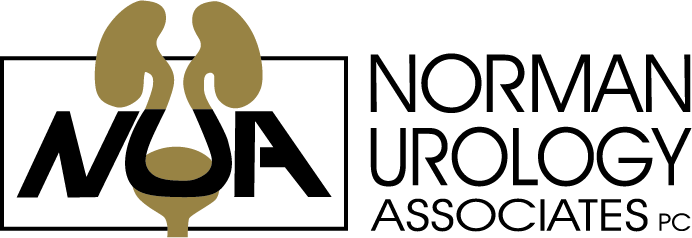What You Need to Know About Testicular Cancer
You may not hear about it as often as some other cancers, but testicular cancer can affect a man in the prime of his life, just as it did NFL punter Josh Bidwell at age 23. The good news is that it is treatable. In fact, with chemotherapy, Bidwell was eventually able to return to professional football.
So what are the risk factors and what should you be looking for?
What Are the Risk Factors?
While the exact cause of this type of cancer is unknown, there are a number of risk factors associated with an increase in the likelihood a man will develop testicular cancer.
Three well-known risk factors for testicular cancer include:
Age
Cryptorchidism
Family history
Age as a Risk Factor
While testicular cancer can occur at any age, it is often referred to as the “Young Man’s Disease” because it is most common among men ages 20-35 years old, with an average age of 33 at the time of diagnosis.
Why is this? Nearly all testicular cancers show up in the germ cells which are responsible for making sperm. A young man’s testes are more actively producing testosterone and sperm than an older man’s, which raises the risk of cancer.
What is Cryptorchidism?
Cryptorchidism, often referred to as an undescended testicle, is fairly common, affecting between 3 and 5 percent of full-term boys at birth (with a higher incidence in cases of premature birth).
While this condition often resolves itself within the first six months of life, about 0.8-1% of full-term boys will need treatment for an undescended testicle. This can be the result of a testicle never having been formed to begin with, a shrunken testicle forming before birth (due to a twist or blockage of blood vessels), or a testicle that has formed but remains within the abdominal cavity or in the groin just above the scrotum.
Why Is This Condition Considered a Risk Factor?
While not directly linked to the fact a testicle hasn’t descended, there is a significant correlation between this sort of abnormality and the likelihood of cancer showing up later. Scientists and doctors have observed that cancer is most often detected in an undescended testicle, and if diagnosed, the risk of cancer in the normal testicle goes up. And the higher the testicle sits, the higher the risk of testis cancer.
Family History
Men who have brothers diagnosed with testicular cancer are 8-12 times more likely to also develop testicular cancer. There is also evidence that a man is 2-4 times more likely to get testicular cancer if his father has or had testicular cancer.
This disease is considered to be highly heritable, passing from one generation to the next. The good news is that because testicular cancer is rare, it is also rare that it runs in families.
What Are the Symptoms?
In general, this type of cancer shows up in only one testicle. Signs and symptoms to be aware of include:
Feeling a lump or swelling in either testicle
Feeling heaviness in the scrotum
Experiencing a dull ache in the lower belly or groin
Experiencing a sudden swelling in the scrotum
Feeling pain or discomfort in either the scrotum or testicle or both
Enlargement or tenderness of the breast tissue
Back pain
If you detect any of these symptoms for more than two weeks, do not hesitate to make an appointment with your doctor. As with any cancer, early detection is key.
Is Testicular Cancer Treatable?
Happily, this is one of the most treatable types of cancer, with a highly positive prognosis for patients who are treated for testicular cancer.
In fact, with early detection, almost all men treated for testicular germ cell tumors are likely to survive with little chance it will return more than 5 years later.
In almost all cases, treatment includes surgical removal of the affected testicle– an operation referred to as an orchidectomy or orchiectomy. (It’s important to note that this procedure does not negatively affect a man’s fertility.)
In some cases, chemotherapy is highly effective in curing testicular cancer.
Should I See My Doctor?
Even if you’re not experiencing symptoms, your doctor can help you identify and understand your risk factor(s). And if you are experiencing any of the symptoms listed above for more than two weeks, don’t wait. Call for an appointment today.
At Norman Urology, we are dedicated to serving the urological needs of Norman and surrounding communities. We offer state-of-the-art diagnosis and treatment with comprehensive care for both men and women. If you are concerned about your symptoms or just want to learn more about testicular cancer, we hope you will schedule a visit with us today.
